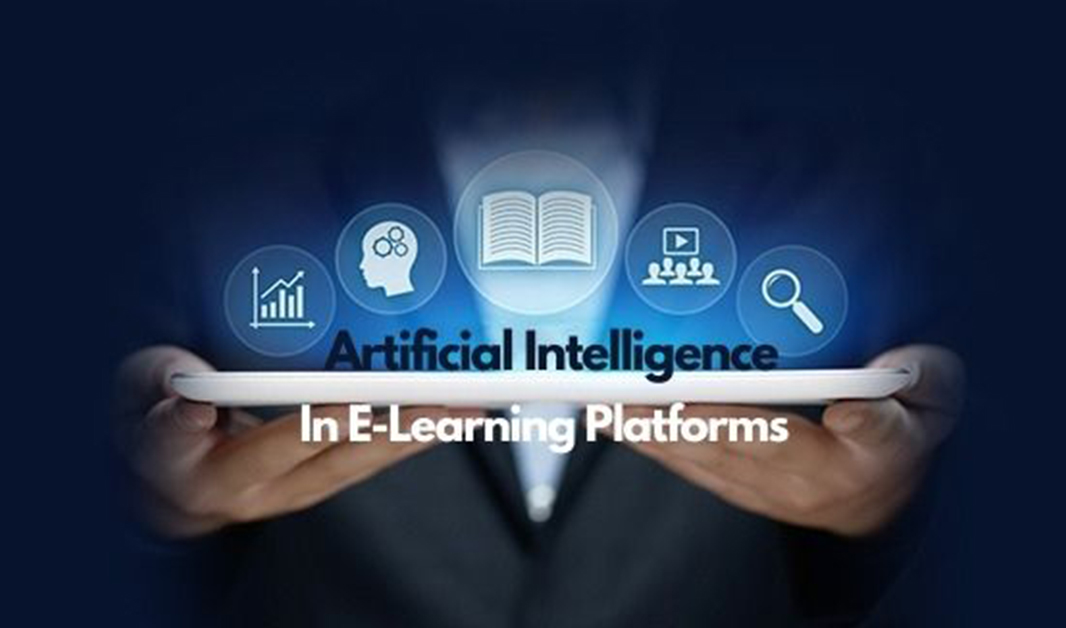
How AI Is Rewriting the Future of Online Learning
The landscape of education is undergoing a seismic shift, and at the heart of this transformation lies artificial intelligence. Gone are the days of one-size-fits-all online courses and static video lectures. Today, AI is dismantling traditional barriers, creating dynamic, personalized learning experiences that adapt to individual needs, pace, and preferences. From voice-powered tutors to predictive analytics, AI is not just enhancing online learning—it’s redefining what education can achieve in the digital age.
One of the most profound changes AI brings is hyper-personalization. Traditional e-learning platforms often struggle to address the diverse needs of learners, leaving many disengaged or overwhelmed. AI solves this by analyzing vast amounts of data—quiz performance, time spent on modules, even cursor movements—to build unique learner profiles. Platforms like Coursera and Khan Academy now use these insights to recommend tailored content, adjust difficulty levels in real-time, and predict areas where a student might falter. For instance, an AI might detect that a learner grasps algebra quickly but struggles with geometry, automatically serving supplementary exercises or video explanations to bridge the gap. This level of customization ensures no learner is left behind, turning passive viewers into active participants.
Beyond personalization, AI is revolutionizing how educators and institutions operate. Grading assignments, tracking attendance, and managing administrative tasks once consumed hours of a teacher’s week. Now, AI-driven tools automate these processes with startling efficiency. Tools like Gradescope use machine learning to evaluate essays and coding assignments, providing instant feedback while flagging patterns in mistakes. Similarly, AI chatbots handle routine student queries about deadlines or course materials, freeing instructors to focus on creative teaching strategies. For corporate training, AI platforms like Docebo analyze employee performance data to design upskilling programs that align with both individual career goals and organizational objectives. The result? A streamlined, scalable education ecosystem where human expertise is amplified, not replaced.
Accessibility is another frontier where AI shines. Language barriers, disabilities, and socioeconomic limitations have long excluded millions from quality education. AI is dismantling these obstacles with tools like real-time translation bots, which allow courses taught in English to be instantly subtitled in Hindi, Tamil, or Bengali. Voice-enabled AI tutors, such as those used by Duolingo, empower visually impaired learners to master new languages through conversational practice. Meanwhile, generative AI creates low-cost, high-quality content for underserved communities—think AI-generated textbooks in regional languages or virtual labs for schools lacking physical infrastructure. In rural India, startups like ConveGenius are leveraging AI chatbots to deliver personalized math and science lessons via WhatsApp, proving that quality education can thrive even without high-speed internet.
The future of AI in online learning extends beyond convenience—it’s about creating immersive, emotionally intelligent experiences. Emerging technologies like affective computing enable AI systems to recognize and respond to learners’ emotions. Imagine a virtual tutor that detects frustration through facial recognition or voice tone and adjusts its teaching style accordingly. Platforms like Sana Labs are already experimenting with AI mentors that simulate human empathy, offering encouragement during challenging modules or celebrating milestones with personalized messages. Meanwhile, augmented reality (AR) and AI are merging to create 3D virtual classrooms where students dissect holographic frogs or collaborate on engineering projects in real-time, regardless of their physical location. These innovations blur the lines between digital and physical learning, making education not just informative but deeply engaging.
However, this AI-driven revolution isn’t without challenges. Concerns about data privacy, algorithmic bias, and the digital divide loom large. Critics argue that over-reliance on AI could erode human connection in education, reducing teachers to mere facilitators. Yet, the most successful implementations of AI—such as Georgia State University’s chatbot “Pounce,” which reduced dropout rates by 22%—prove that technology works best when it complements human effort, not replaces it. The key lies in ethical AI design: transparent algorithms, diverse training data, and continuous human oversight to ensure fairness and inclusivity.
As we stand at this crossroads, one truth becomes clear: AI is not a futuristic novelty but a present-day catalyst for democratizing education. It empowers learners in Mumbai slums to access Ivy League-quality resources, enables mid-career professionals to reskill without quitting their jobs, and equips teachers with superhuman insights into student needs. The future of online learning isn’t just automated—it’s adaptive, empathetic, and boundless. For educators, institutions, and learners alike, embracing AI isn’t about keeping up with trends; it’s about unlocking a world where education transcends physical, linguistic, and socioeconomic barriers to become a universal right.